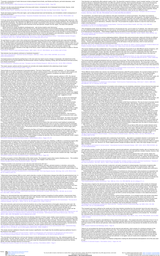
Traumatic risks of human anoreceptive activities include inflammation, mucocutaneous abrasion and tearing, muscle and connective tissue damage, hemorrhoidal disease, rectal prolapse, and colorectal perforation. Sequelae may arise, such as hemorrhage/hematoma, ulceration, bacterial infection followed by abscess / fistula / systemic sepsis, fecal incontinence, anal skin tag (remnant of external hemorrhoidal thrombosis, scar tissue perhaps from a healed tear, or a sentinel tag indicating a chronic anal fissure), and stenosis (narrowing; possibly anatomic due to constricting scar tissue called a stricture). One instance of trauma can lead to multiple complications. Cumulative damage and preexisting conditions are concerns as well.
~2cm beyond the anal opening at the pectinate/dentate line, the epithelial lining transitions from stratified squamous (anoderm) to simple columnar in part of the narrow surgical anal canal, continuous with the rectal mucosa. This simple columnar epithelium is very fragile and easily damaged especially if its mucus barrier is removed by an enema or otherwise impaired. Furthermore, some enemas and lubricants can inflame the lining and even cause it to slough off entirely. Injury to this lining alone does not elicit pain sensations, so resultant problems may remain undetected without one or more obvious symptoms.
Neuromuscular physiology also contributes to anorectal fragility particularly for girthy and vigorous insertions (which are objectively foolish and very likely to be significantly injurious). The involuntary internal anal sphincter relaxes with rectal distension. The puborectalis and external sphincter completely relax when a person bears down, causing hemorrhoidal cushions to engorge and become more susceptible to injury by potentially-bidirectional shear force.